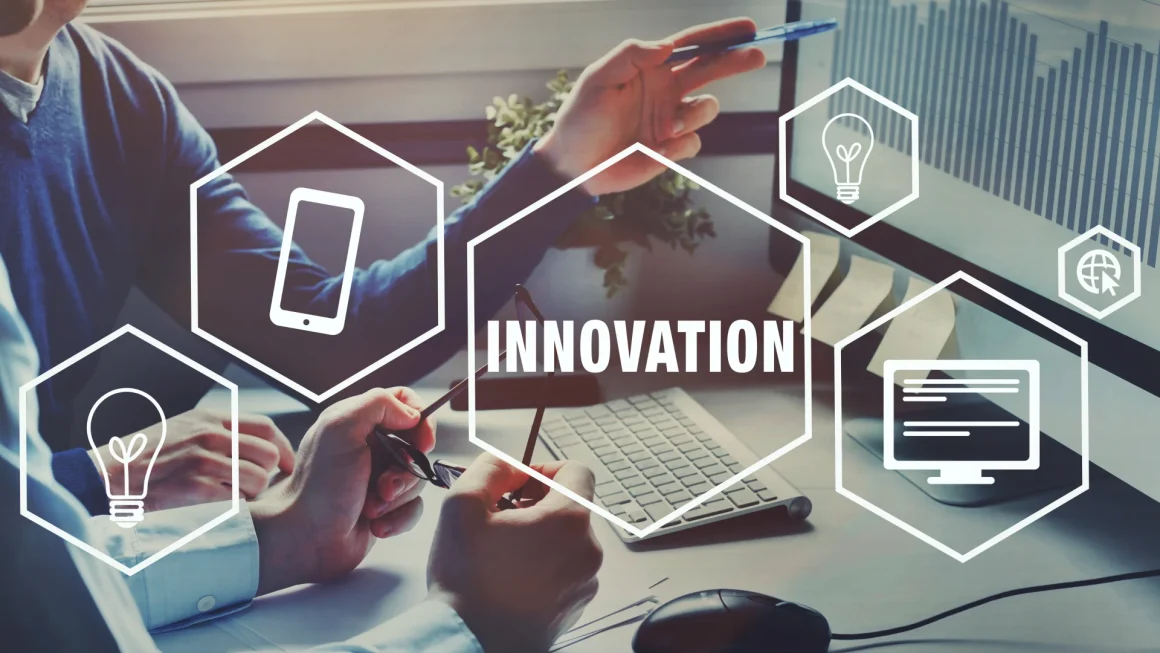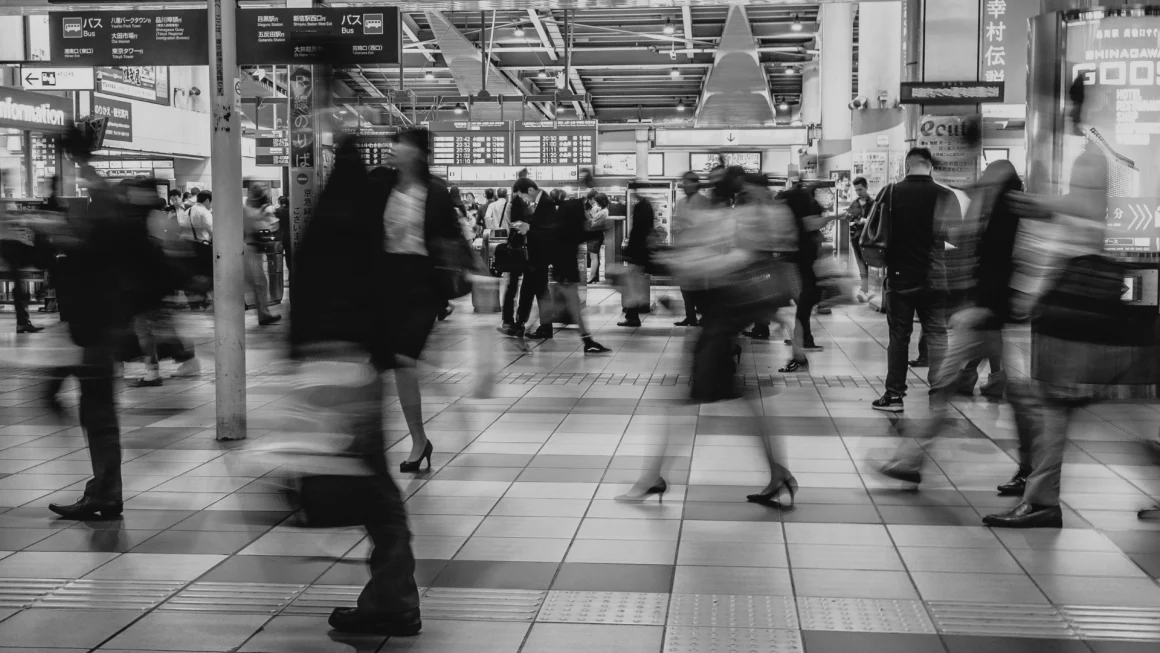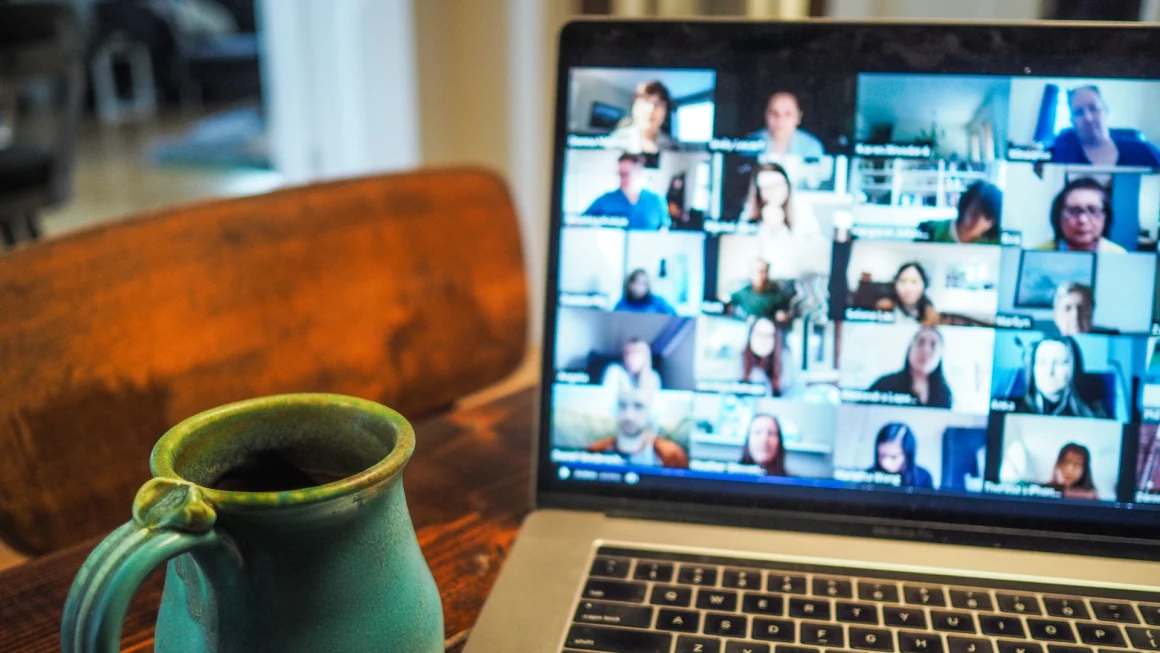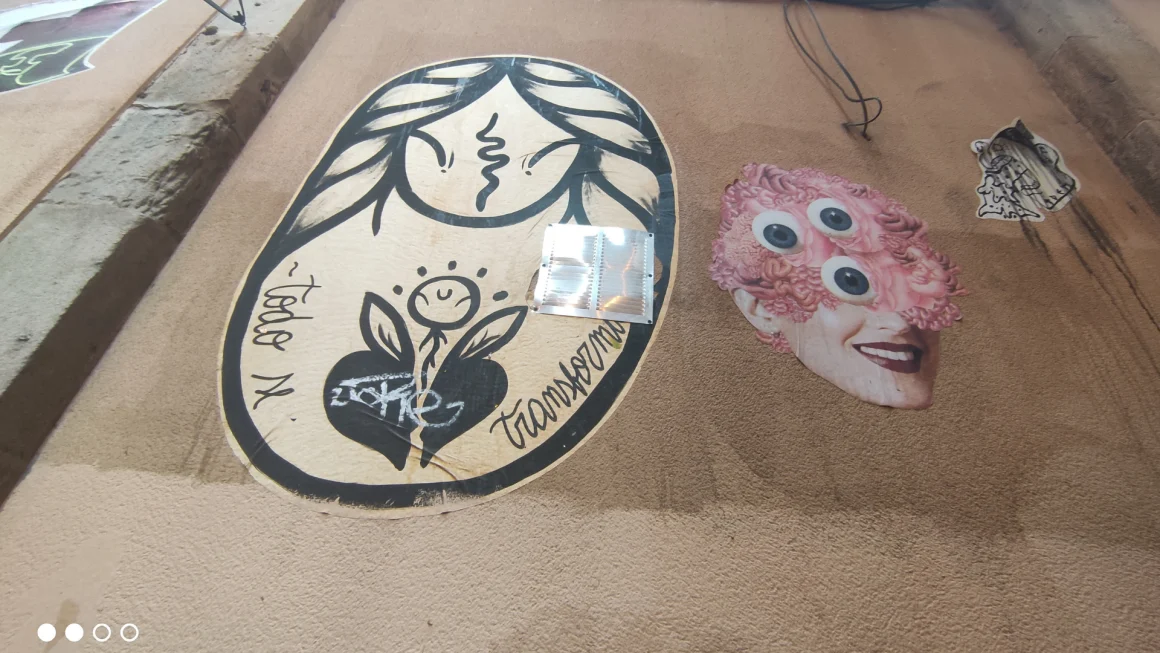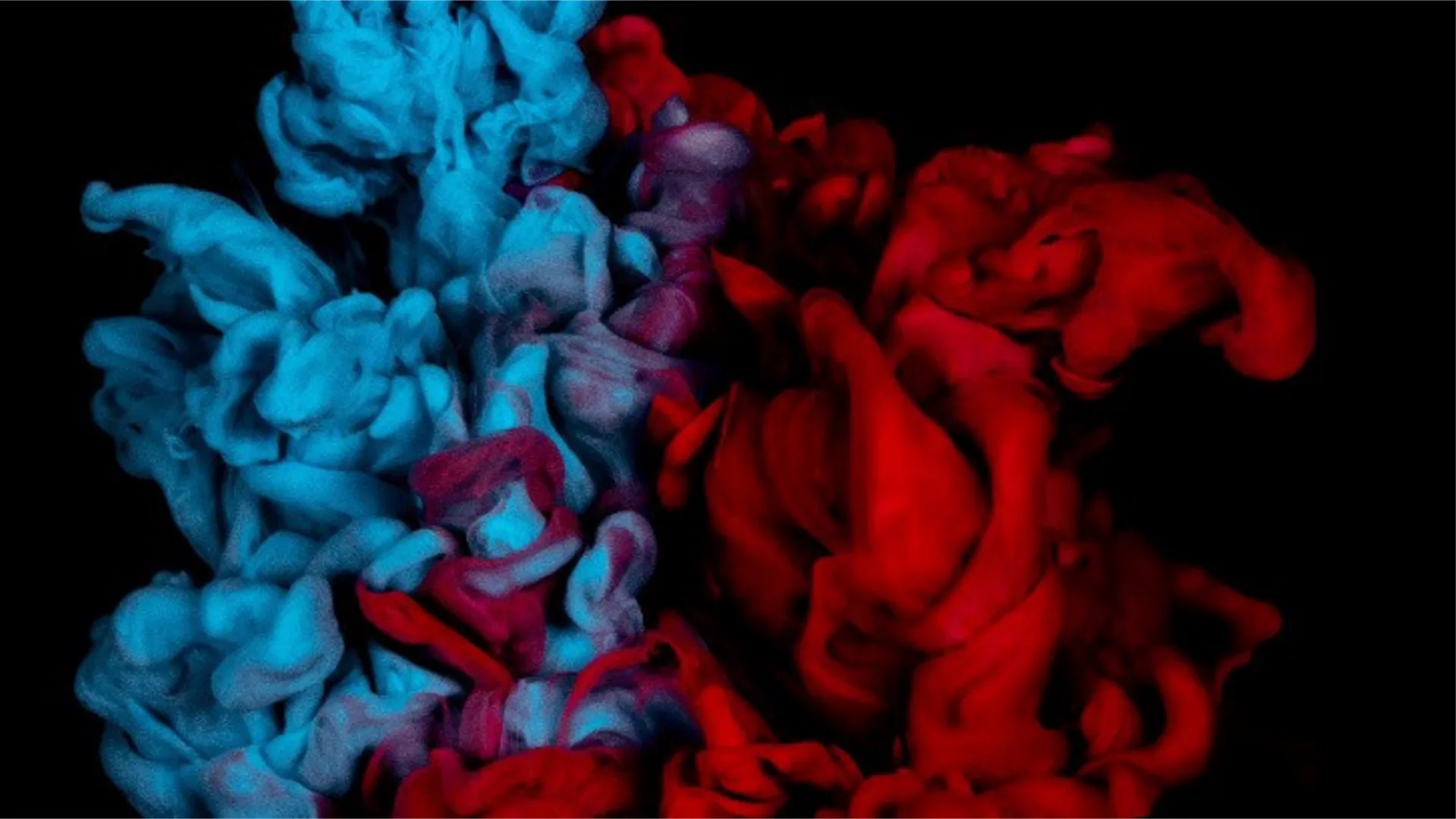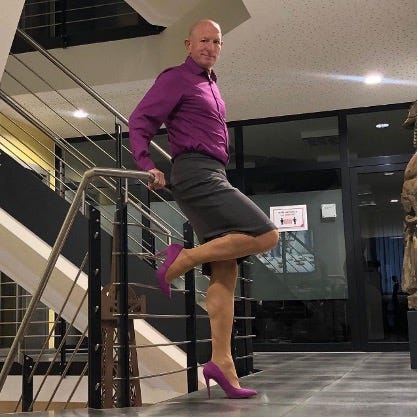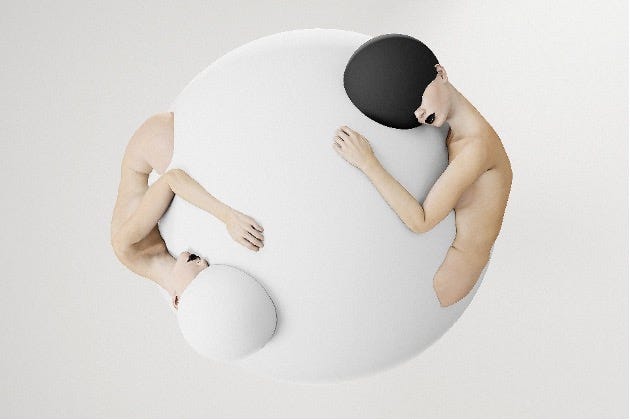A curious event has been calling my attention and I feel it is not ending anytime soon: social and behavioral movements are blending more and more. We see feminists leading and winning climate change struggles, we see artists and celebrities becoming brand creative directors, we see religion and the health sector moving to TikTok to interact with communities and spread information, and we see physical and esthetic expression blending gender and style in unique ways. Above all surprise, doubt, or eccentricity you might find, what we are really seeing here are fusions, free combinations, and creative approaches to contexts which, we (unfortunately) were not used to seeing. Check my favorite example in this picture below!
If we practice putting the trends’ lens over these examples, we find bigger topics behind each of them, such as: identity, gender, sustainability, social media, spirituality and digitalization. Those are topics frequently found in macro trends active today, and that’s why they become an interesting example of how trends overlap during their lifetime. This is insightful for those who research and apply trends because they indicate how you should work with them.
For example, if your company has a purpose and/or a main market that is related to sustainability, it doesn’t mean that you won’t have to, eventually, approach other issues in a meaningful way. In this sense, trends about environment and recycling would still help you to guide the future of your company and its relationship with the community, but you also must be aware of possible junctions, blends and partnerships with other sectors to really engage with the world around you. That could be the case of supporting some of those feminists that have been more active in climate change debates and riots, like the ones I indicated before.
And what happens when a pandemic comes along?
It is also important to highlight that even with the Pandemic, these topics survived and proved their relevance, their strength, and their resilience. In the “trends’ dictionary” the Pandemic could be called a Black Swan, or an event that is impactful enough to shake the world and generations after. And how does it affect trends? They impose new dynamics, making trends adapt and respond in their own way. Following the previous examples, after the Black Swan climate change is still a very important movement, such as female leadership. What changed was the intensification and proliferation of cases where, in this pandemic context, both worked together and came up with good solutions. That means both interacted with the Black Swan and responded according to what made sense in their realities, according to the opportunities hey had and how they reacted to those challenges.
This overlap or blending dynamic seems to be more visible nowadays due to the “fluidity” found in our postmodernity era, as Zygmund Bauman would argue. The author meant that our time is fluid because everything changes quickly and never stays the same. In this sense, Bauman illustrates as if solids (representing the traditional and conservative views) would be touched and shaken by liquids (new and disruptive views), and together they transform these solids into something else, with a renewed shape. Some examples of how solids have been having friction with liquids: the constant and unfinished rethinking of right and wrong within the society and economy; the notion of who we are, which keeps updating with new terminologies, and new struggles to gain representativity for all those possibilities of individuals; or even the way we build our mind and values according to the huge amounts of information available at our disposal so far.
All this movement of rethinking our society has a positive side, in my view, which is the possibility to reach progress in a more democratic and horizontal way. But, on the other hand, we are conflicting more nowadays because of our exacerbated critical sense that questions everything and everyone all the time. It is true that many times we end up finding distrust and polarization in consequence of this apparent “mess”, although I have hope that we will take another approach in the medium-long term. I believe this a transition to something new and possibly understood as concrete or solid again. Going from how we understand and see ourselves, until how we define States, democracy, economy, and justice, for instant.
Ok, but what comes next?
Ok, but coming back to the trends’ overlap and blending it with the fluidity that accelerates and intensifies this blend, we need to imagine what comes next. After rethinking, discussing, polarizing, and seeing things falling apart, what will be there for us? My guess? Affection. Affection seems to me the key to use all the empathy we miss now and transform it in a mentality that is able to build better relations in all spheres of life. Listening to one other, putting yourself in another’s place, reflecting and trying to feel or imagine the feeling in your context, approaching a challenge in a creative and not in a reactive way, all these are learnings that I see starting to appear more and more as a solution for many of our problems today. In this sense, affection is, for me, the result and also the mechanism that will come up from this. Meaningful interactions, love and care being communicated and experienced in different ways, inclusive approach to plurality, true admiration, and pure adoration of other’s existence. But this is a discussion for the next article! 😀
And how do trends relate to this scenario?
I see trends as these big topics or struggles that we are questioning in the present to build from it again in the future. THIS IS THE POWER OF TRENDS RESEARCH: better understanding what is coming to be able to act and change now, in a way that you, and everyone around, reach the benefits of this change in the best way.
In sum, trends research develops the ability to manage the present according to what you are starting to see now getting strong towards the future. I like to reinforce that there will never be 100% accuracy, instead there will be bigger chances of something happening and the facts + consequences that we find today to illustrate these possibilities in the future. This is also important: a part of what we call a prediction, is a result of a broader vision of the signals that we are mapping today, which have potential to get bigger because of all the data and analysis gathered through constant, intensive and qualified research. So, if your team is not consistent enough to do all this alone, find people like me to help you in this trendy journey! One guarantee: you will never look to the world in the same way again, and I promise you will love it 😊
